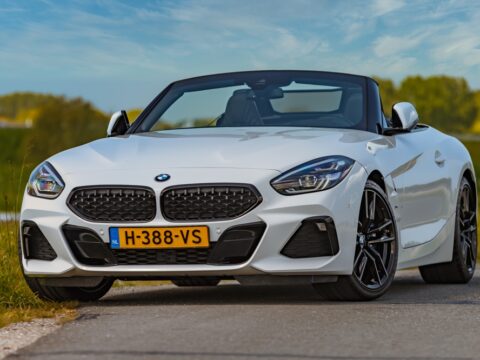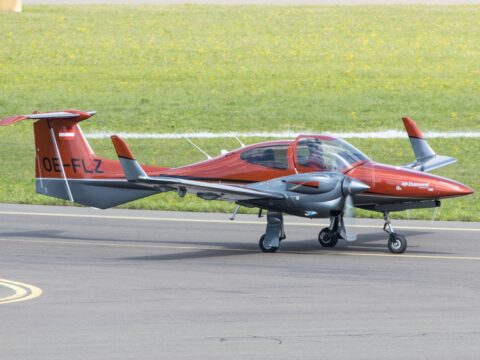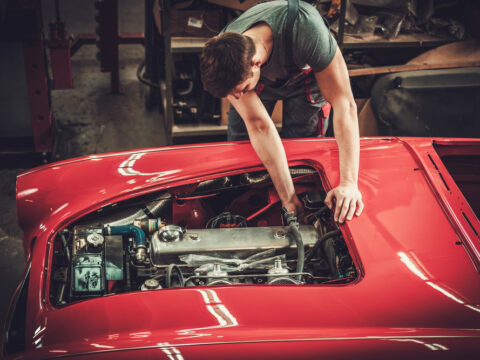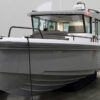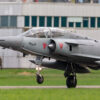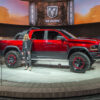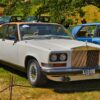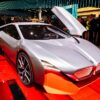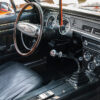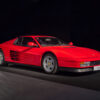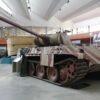Throughout history, armored vehicles have played a pivotal role in reshaping battlefield tactics and outcomes. From the formidable tanks of World War I to the advanced armored personnel carriers of today, these mechanical giants have revolutionized warfare, providing unparalleled protection and firepower. In this article, we explore 20 armored vehicles that not only changed the way battles are fought but also left an indelible mark on military strategy and history.
Contents
Mark I Tank (World War I)
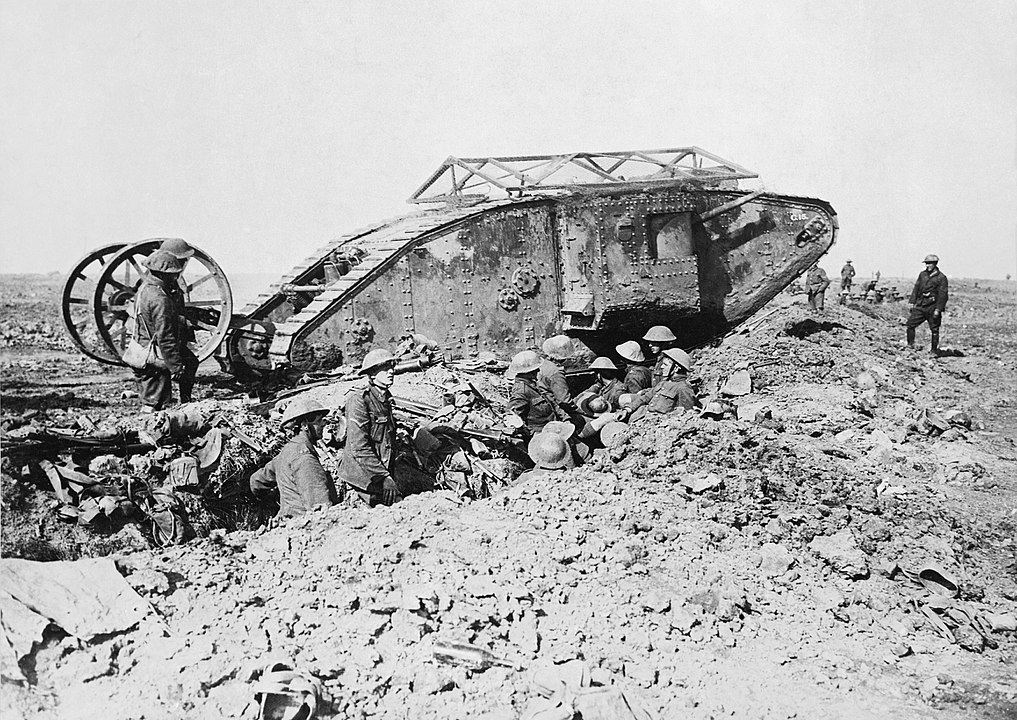
The Mark I was the world’s first-ever tank, introduced by the British during World War I. It revolutionized warfare by overcoming trench defenses, barbed wire, and machine-gun nests. Its rhomboid shape allowed it to traverse rough terrain and obstacles, fundamentally altering battlefield tactics and marking the dawn of armored warfare.
Panzer IV (World War II)
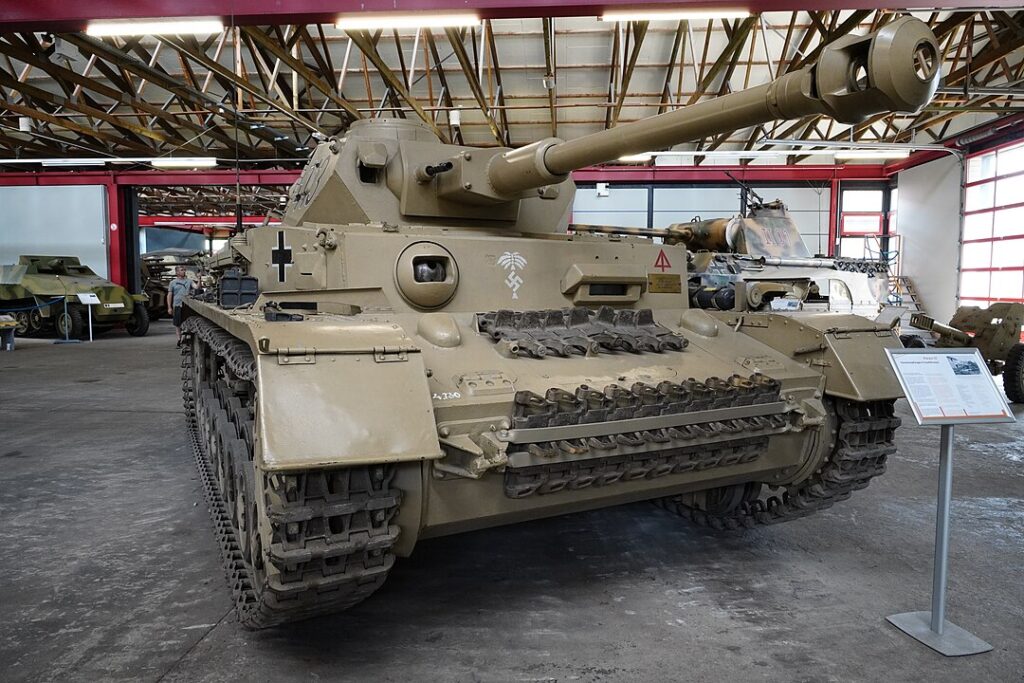
The Panzer IV was a versatile and heavily armored German tank that saw extensive service throughout World War II. With its powerful 75mm KwK 40 L/48 gun and effective armor, it was capable of engaging enemy tanks and infantry, making it a cornerstone of Germany’s armored forces and a key component in their blitzkrieg tactics.
T-34 (World War II)
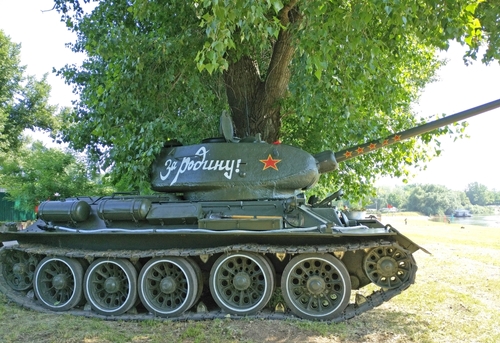
The Soviet T-34 was a game-changer with its sloped armor, robust 76.2mm gun, and exceptional mobility. It combined firepower, protection, and speed in a way that no other tank of its time could, greatly influencing the design of future tanks and playing a crucial role in the Soviet victory on the Eastern Front.
Sherman M4 (World War II)
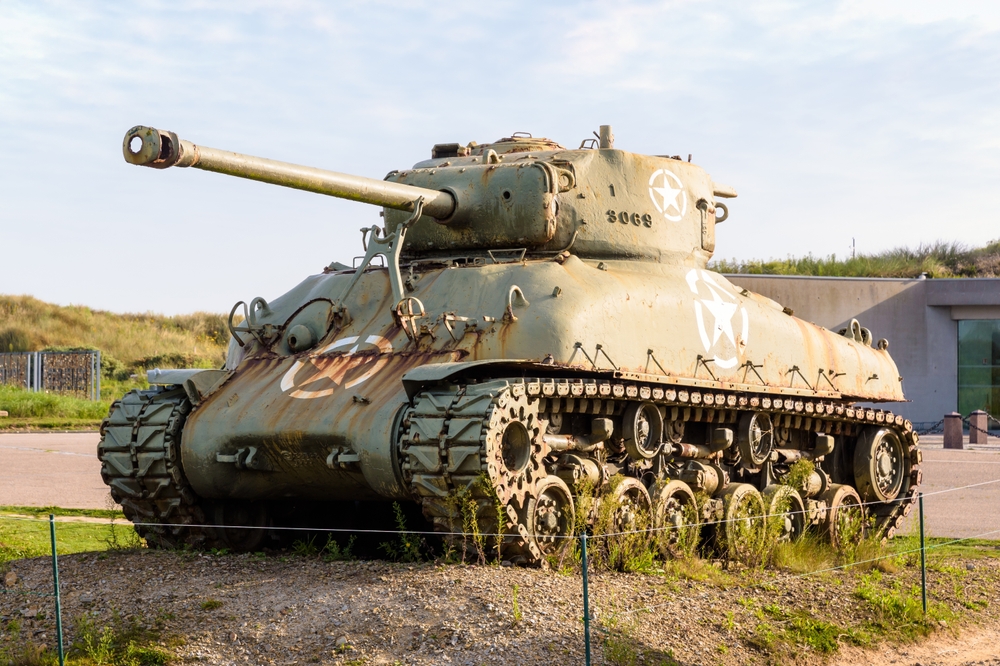
The American Sherman M4 was known for its reliability, ease of production, and versatility. It played a pivotal role in the Allied victory, particularly in North Africa and Western Europe. Its effectiveness in combined arms operations and adaptability for various roles, from infantry support to tank combat, made it an iconic vehicle of the war.
Tiger I (World War II)
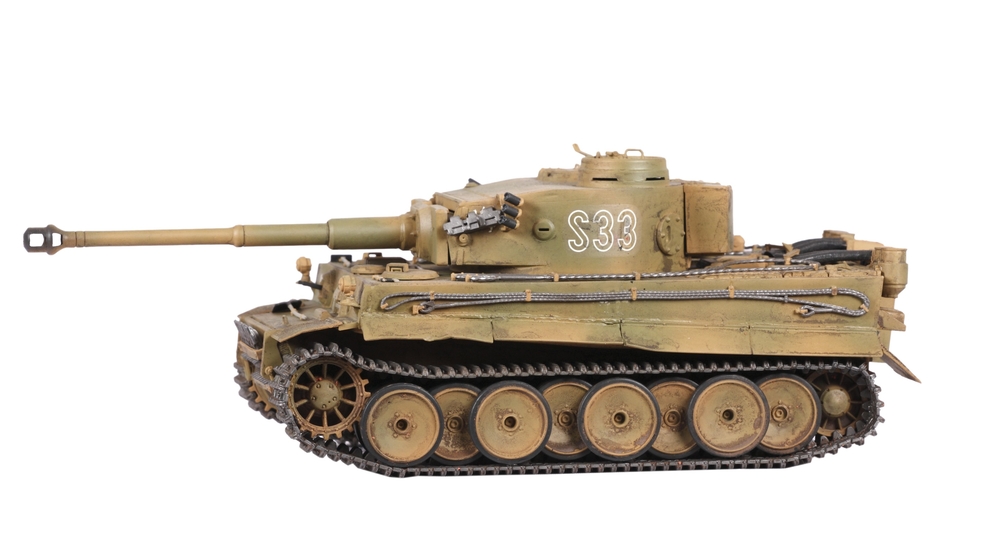
The German Tiger I was a formidable tank with its thick armor and powerful 88mm KwK 36 gun. It was capable of destroying enemy tanks at long ranges and was highly feared by Allied forces. Despite its mechanical complexity and high production costs, its battlefield impact was significant, influencing tank development post-war.
Churchill Tank (World War II)
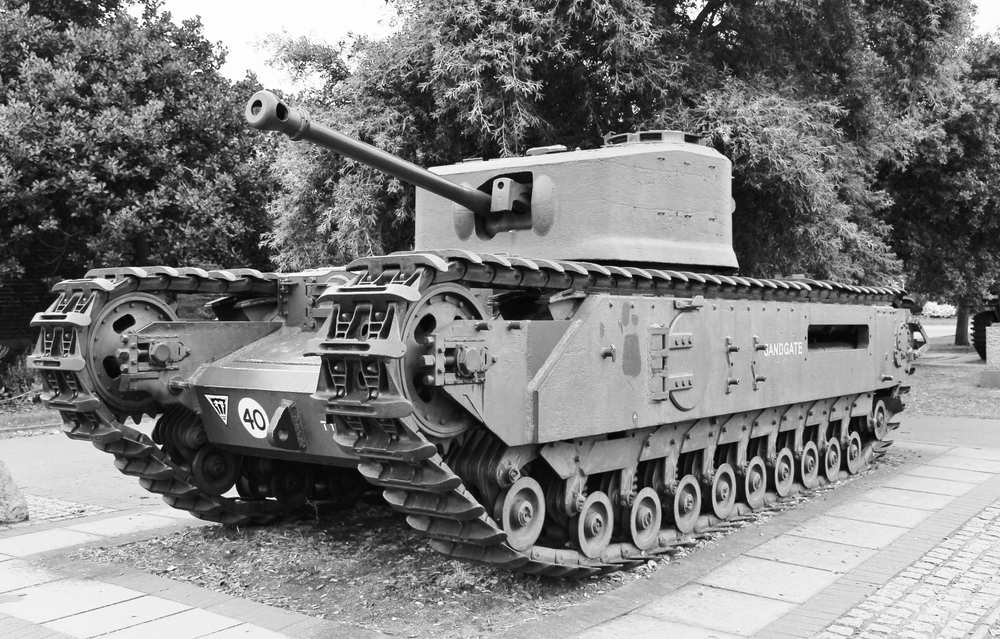
The British Churchill tank was renowned for its heavy armor and ability to traverse difficult terrain, including steep gradients and rough landscapes. Its versatility in various roles, such as infantry support and mine clearing, along with its numerous variants, made it an important asset in the Allied arsenal.
IS-2 (World War II)
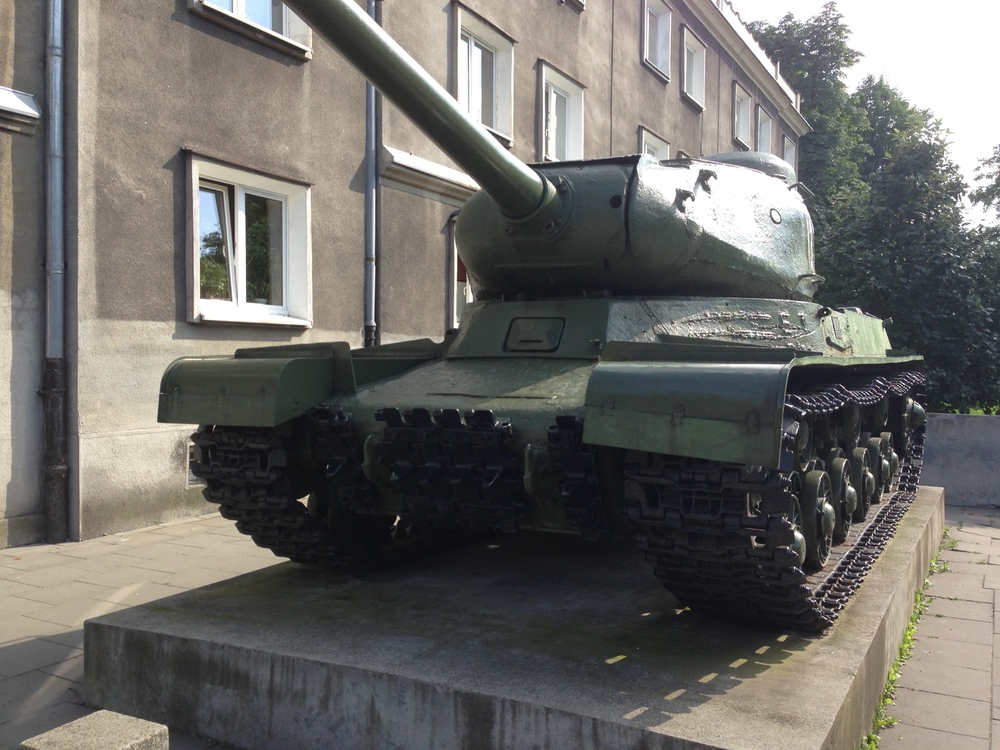
The Soviet IS-2 heavy tank featured a powerful 122mm gun capable of defeating the armor of German Tigers and Panthers. Its thick armor and heavy firepower made it a critical component in the Soviet offensive operations, especially in the final stages of the war in Europe.
M26 Pershing (World War II)
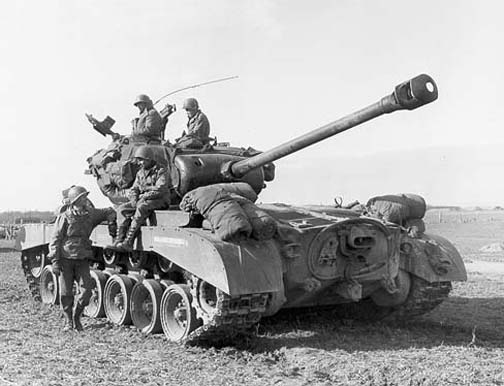
The American M26 Pershing was a heavy tank introduced late in World War II. Equipped with a 90mm gun, it was designed to counter the threat posed by German heavy tanks. Its introduction marked the beginning of the shift towards more heavily armed and armored tanks in the U.S. military.
Cromwell Tank (World War II)
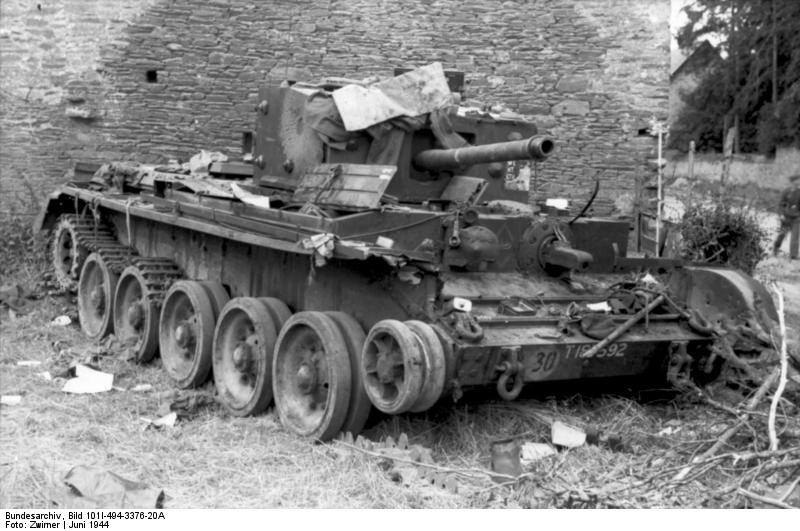
The British Cromwell was one of the fastest tanks of World War II, known for its speed and agility. It was equipped with a 75mm gun and used in various roles, from reconnaissance to infantry support. Its performance in the Normandy Campaign and subsequent operations highlighted the importance of mobility in armored warfare.
Leopard 1 (Cold War)
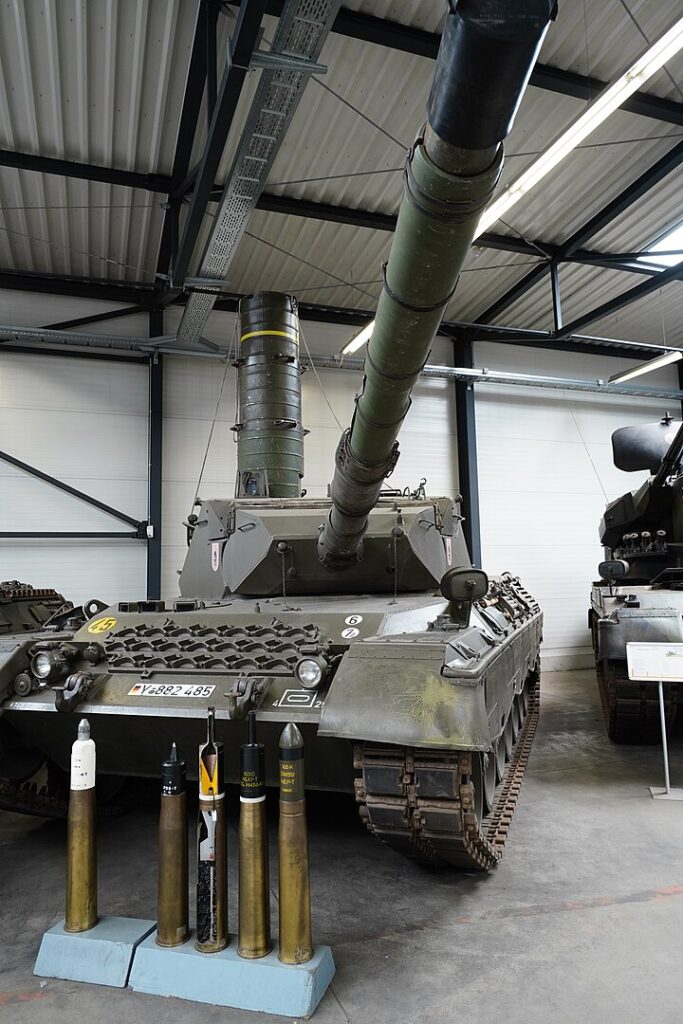
The Leopard 1 was Germany’s first post-World War II tank, designed with an emphasis on firepower and mobility over heavy armor. Its 105mm Royal Ordnance L7 gun and excellent speed made it a highly effective vehicle in the flexible and rapid response doctrines of the Cold War era.
M1 Abrams (Modern Era)
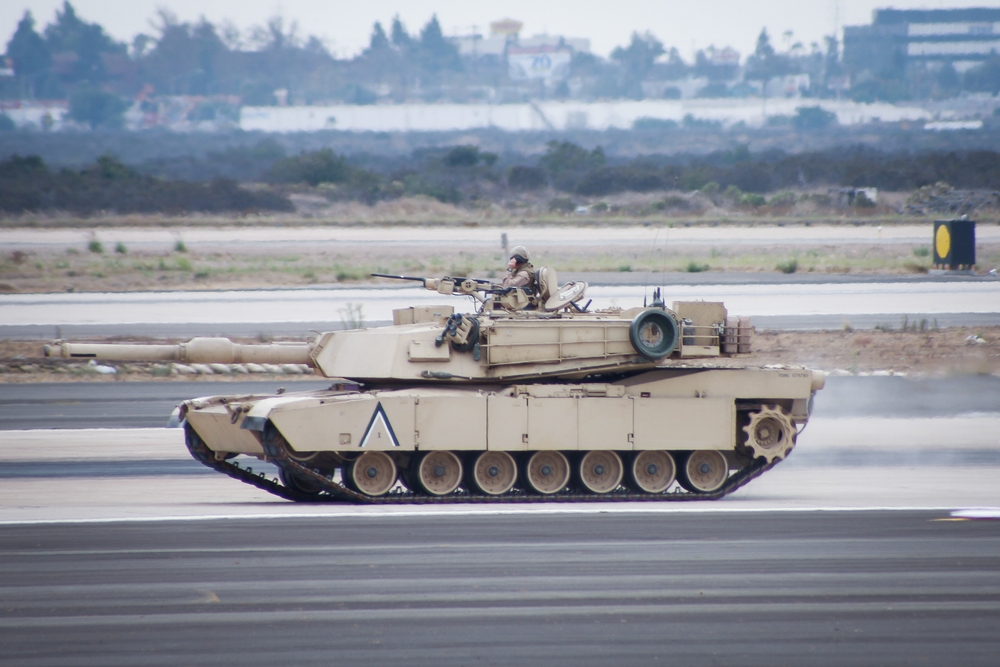
The American M1 Abrams is renowned for its advanced composite armor, powerful 120mm smoothbore gun, and sophisticated electronics. Its combination of firepower, protection, and mobility has made it one of the most effective and influential main battle tanks in modern military history.
Leopard 2 (Modern Era)
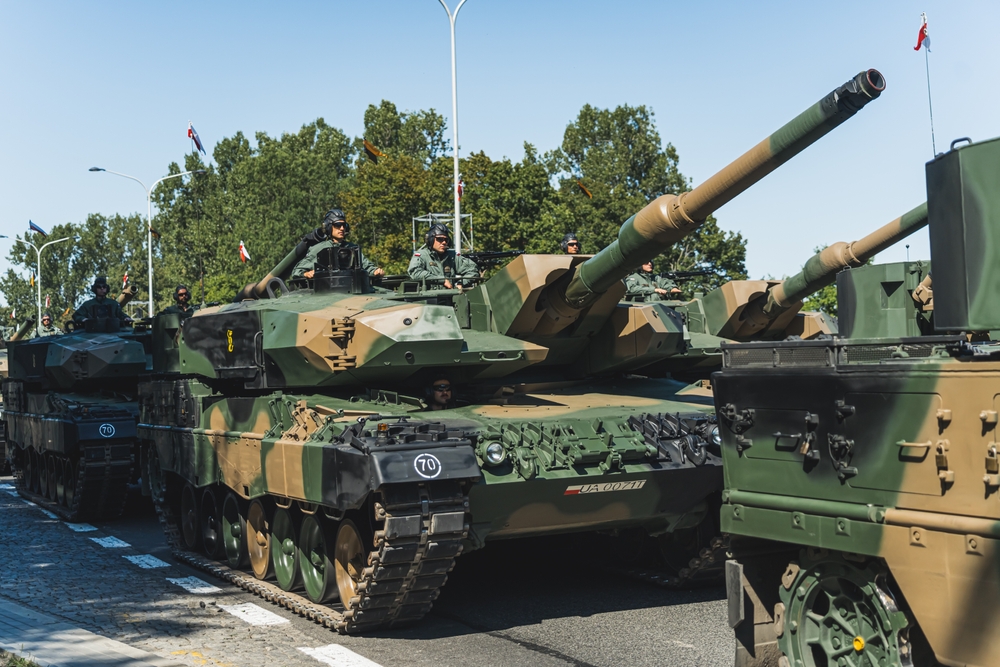
The German Leopard 2 is one of the most advanced main battle tanks in service today. With its powerful 120mm Rheinmetall gun, advanced composite armor, and cutting-edge fire control systems, it has set new standards for tank performance and has been widely adopted by numerous NATO countries.
Challenger 2 (Modern Era)
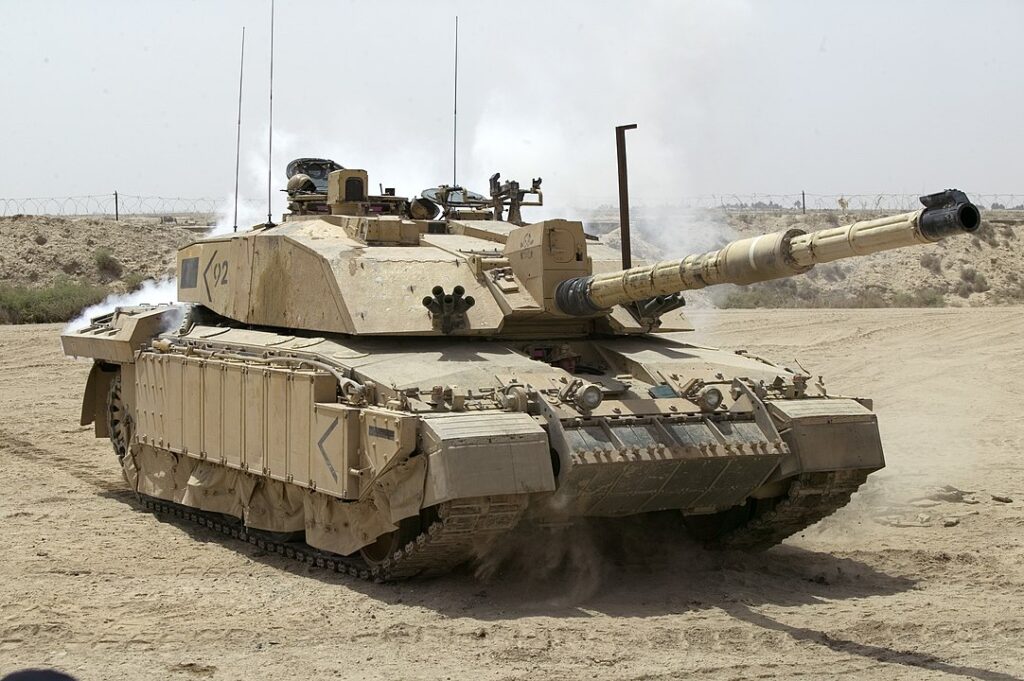
The British Challenger 2 is known for its exceptional protection, thanks to its Chobham armor, and its accurate 120mm rifled gun. It has a reputation for being highly resilient and effective in combat, demonstrated during its deployment in various conflicts, including the Iraq War.
T-72 (Cold War)
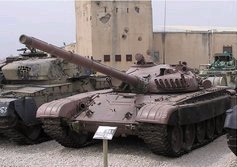
The Soviet T-72 was a highly influential tank with its powerful 125mm smoothbore gun and robust armor. It was designed for mass production and ease of use, making it a mainstay of Warsaw Pact forces and numerous other countries, significantly impacting global armored tactics.
T-90 (Modern Era)
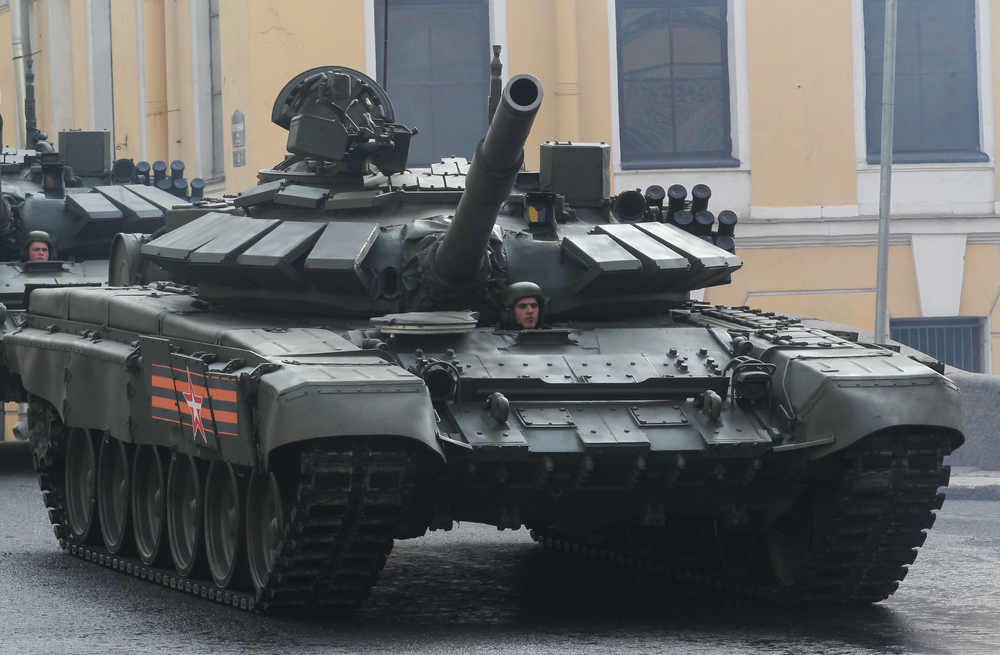
The Russian T-90 is an evolution of the T-72, featuring advanced armor protection, improved fire control systems, and a 125mm gun. Its combination of modern technology and proven design has made it a key component of Russia’s armored forces and an important export product.
Merkava (Modern Era)
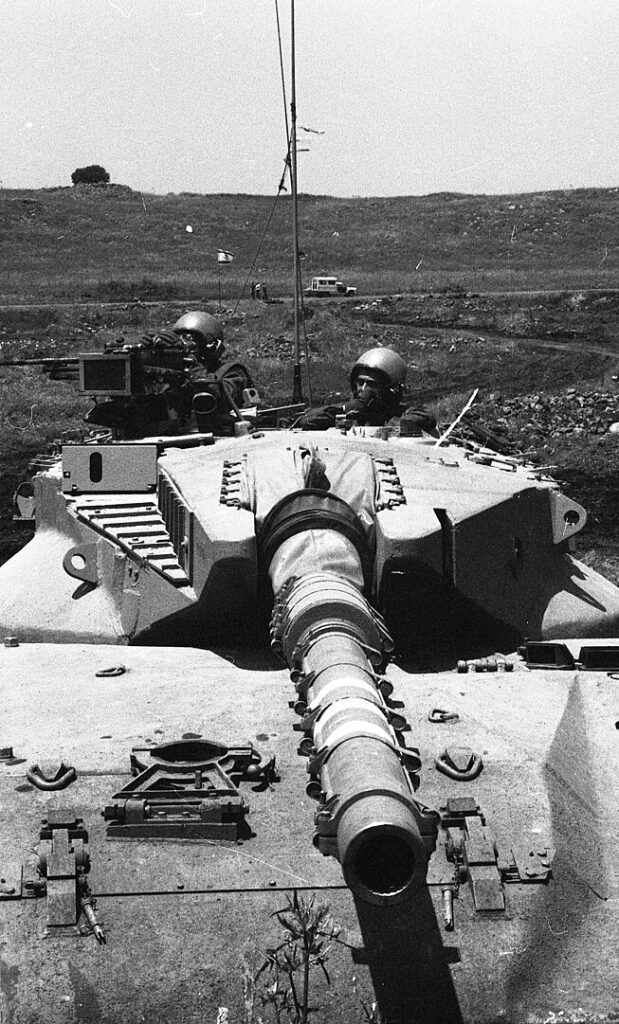
The Israeli Merkava series is unique in its design, prioritizing crew protection with its front-mounted engine and heavy armor. Its versatility, including the ability to transport infantry, and its advanced fire control systems have made it a central element of Israel’s armored doctrine.
BMP-1 (Cold War)
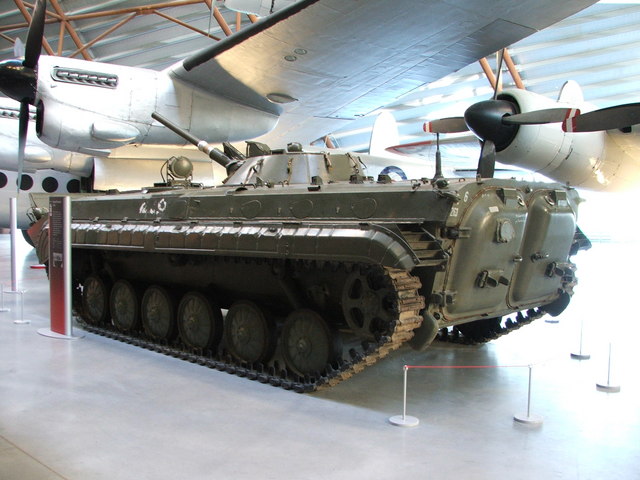
The Soviet BMP-1 was the world’s first infantry fighting vehicle (IFV), combining the firepower of a 73mm gun with the capability to transport and support infantry. Its introduction revolutionized mechanized infantry tactics and influenced the design of subsequent IFVs globally.
Bradley Fighting Vehicle (Modern Era)

The American Bradley is a versatile IFV equipped with a 25mm chain gun, TOW missile launcher, and the ability to transport infantry. It has played a crucial role in U.S. mechanized operations, providing both fire support and troop mobility.
BTR-80 (Cold War)
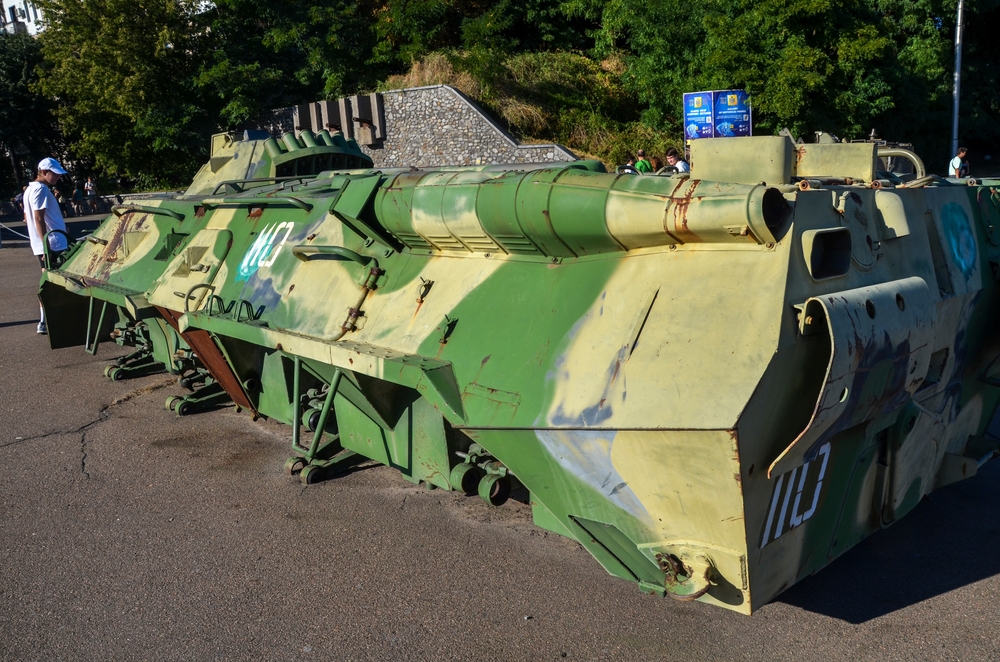
The Soviet BTR-80 is an eight-wheeled armored personnel carrier (APC) known for its mobility, amphibious capabilities, and versatility. It has been widely used in various conflicts and remains a staple in many armies around the world, highlighting the importance of flexible troop transport.
Stryker (Modern Era)
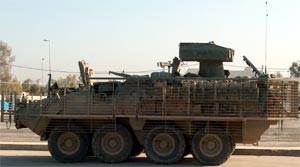
The American Stryker is an eight-wheeled armored vehicle designed for rapid deployment and versatility. It comes in multiple variants, including APC, medical evacuation, and fire support versions, allowing it to perform a wide range of battlefield roles efficiently.
AMX-30 (Cold War)
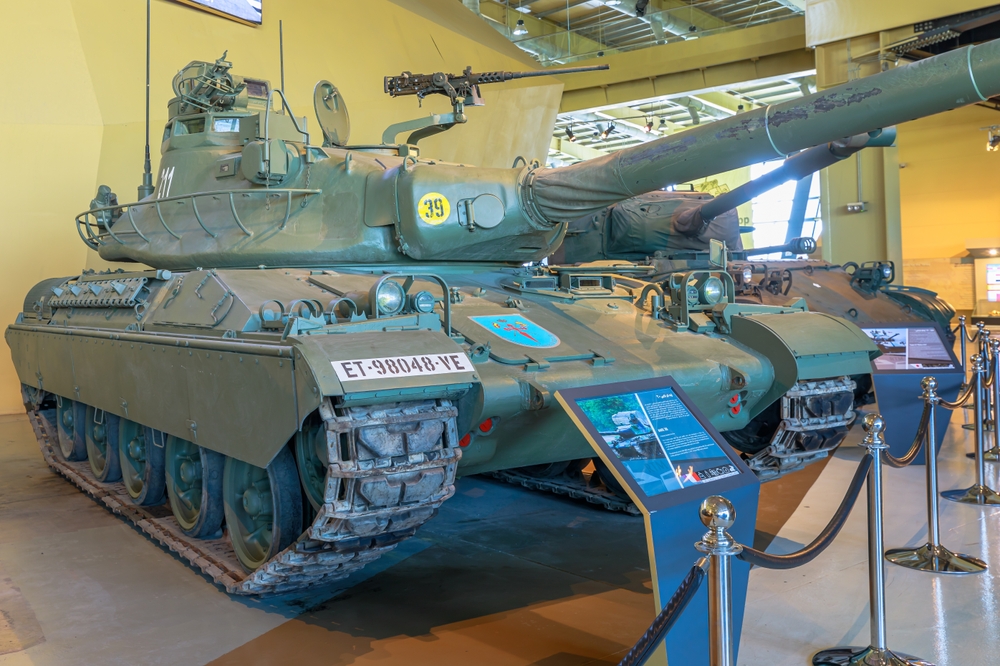
The French AMX-30 was designed with a focus on mobility and firepower, equipped with a 105mm gun and lighter armor. It emphasized speed and maneuverability, aligning with France’s doctrine of mobile warfare during the Cold War.
This article originally appeared in MyCarMakesNoise.
More from MyCarMakesNoise
Top 20 Pickup Trucks for Comfortable Long-Distance Travel
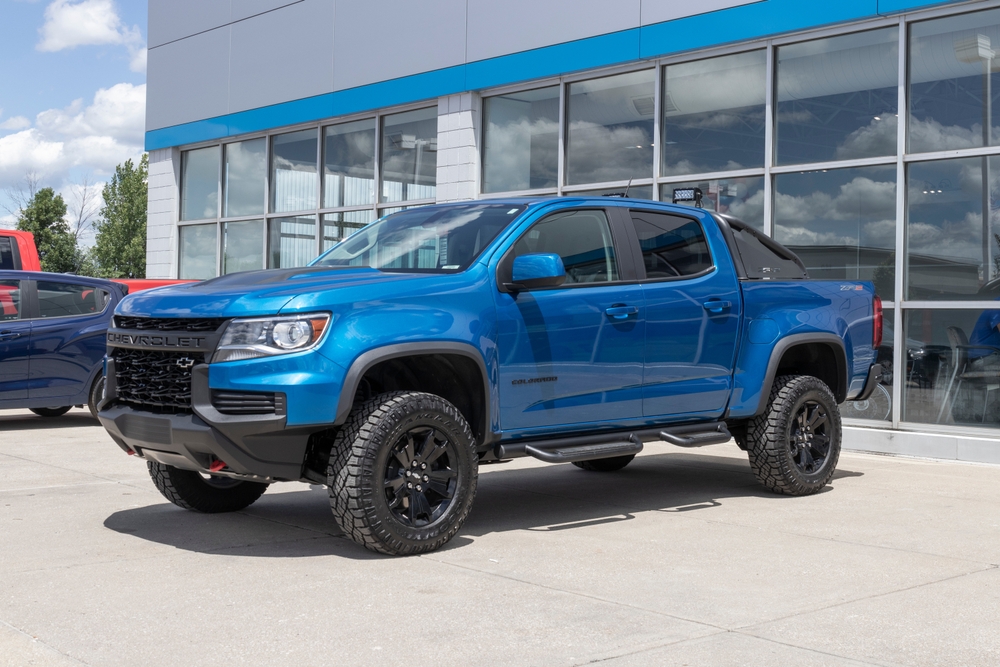
For adventure seekers and road warriors, the right vehicle can make all the difference. Pickup trucks are ideal for those looking to combine daily functionality with rugged, long-distance travel capabilities. Read More.
15 Iconic Cars Renowned for Their Timeless Beauty

From sleek sports cars to luxurious classics, the automotive world is filled with stunning designs that go beyond mere transportation. These masterpieces of aesthetic craftsmanship and engineering have captivated auto enthusiasts and continue to inspire them with their timeless allure. Read More.
16 Iconic American Car Designs That Shaped the Century

Across the broad sweep of automotive history, American car designs have consistently led the way, blending bold innovation with cutting-edge technology to make a lasting impact on global culture. Read More.

